
MACHINE LEARNING – ML
Machine learning is an application of artificial intelligence that enables computers to learn and make judgements without explicit programming through the use of statistical methods. It is based on the idea that computers can detect patterns, learn from data, and form opinions with little help from people. It belongs to the Artificial Intelligence subgroup and is the study of giving robots the capacity to learn and create their own programmes in order to make them behave and make decisions more like humans. Little to no human involvement is required for this; no explicit programming is used. Throughout the process, the robots’ experiences are used to automate and improve the learning process.
The machines are fed high-quality data, and they are trained on this data using a variety of algorithms to create machine learning models.
Working of Machine Learning
Without a doubt, one of the most fascinating applications of artificial intelligence is machine learning. It finishes the process of teaching the machine to learn from data using particular inputs. Knowing what makes machine learning function and, consequently, how to apply it going forward, is crucial. The first step in the machine learning process is feeding training data into the chosen algorithm. The final machine learning algorithm is developed using training data, which can be either known or unknown.
To verify that the machine learning algorithm is operating correctly, fresh input data is fed into it. Next, the results and prediction are compared with one another. If the results and the prediction don’t match, the algorithm is repeatedly retrained until the data scientist achieves the intended result. As a result, the machine learning algorithm can continuously learn on its own and generate the best response, progressively becoming more accurate over time.
Machine Learning Types
Three primary categories exist:
1. Supervised Learning: An artificial intelligence (AI) technique known as “supervised learning” involves training a computer algorithm with input data that has been labelled for a specific output. In order to enable it to produce accurate labelling results when presented with never-before-seen data, the model is trained until it can identify the underlying patterns and relationships between the input data and the output labels.
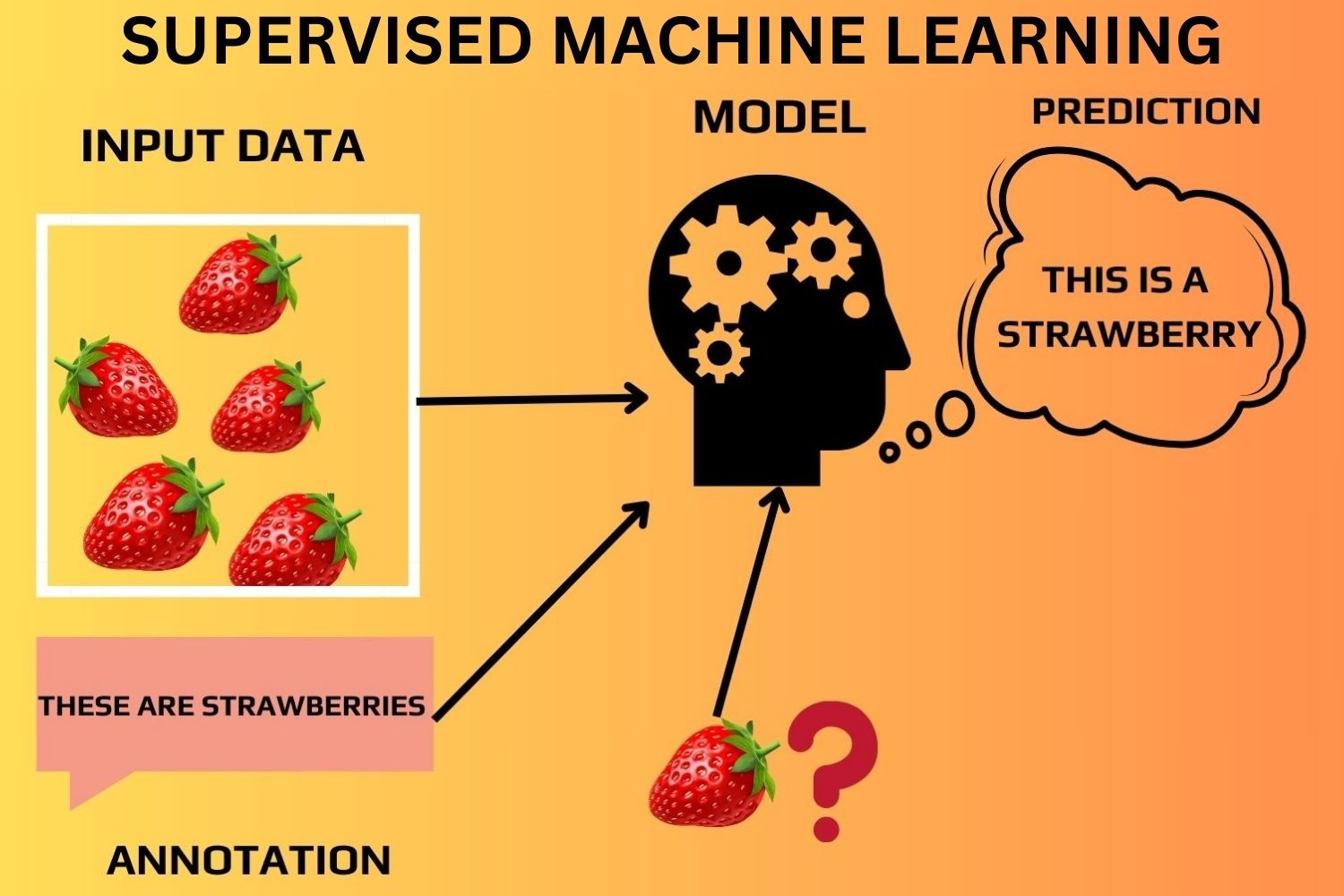
It’s main aim is to interpret data in light of a particular question. Classification and regression problems, like identifying the category a news article falls into or forecasting the amount of sales for a specific future date, are well-suited for supervised learning.
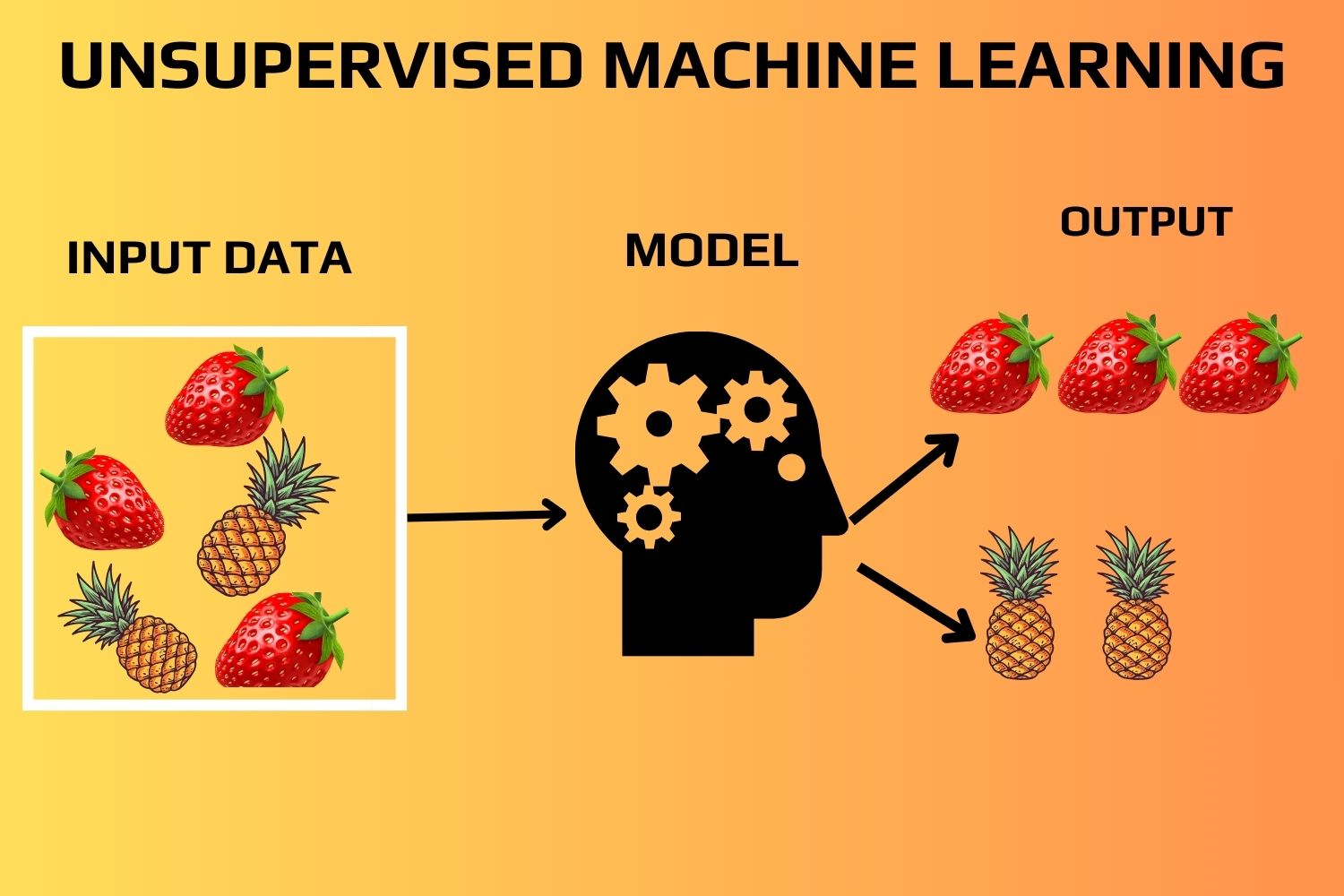
2. Unsupervised Learning: The model attempts to learn on its own in an unsupervised learning problem by identifying patterns and deriving relationships from the data. There is no teacher or supervisor to guide the model, just like in supervised learning. The input variables are the only things that unsupervised learning uses. The learning process is not guided by any target variables. In order to gain greater control over the underlying data, the objective here is to interpret the underlying patterns in the data.
Unsupervised learning can be divided into two main categories:
Clustering- It is the type of UL in which the goal is to identify the various groups within the data.
Density Estimation- It is the type of UL which attempts to combine the data distribution.
3. Reinforcement Learning: An agent operating in an environment based on the feedback or reward provided by the environment it operates in is the type of problem known as reinforcement learning. There could be positive or negative rewards. Based on the rewards obtained, the agent moves forward in the environment. The actions needed to complete a specific task are decided by the reinforcement agent. Here, there is no set training dataset; instead, the machine picks up knowledge on its own.
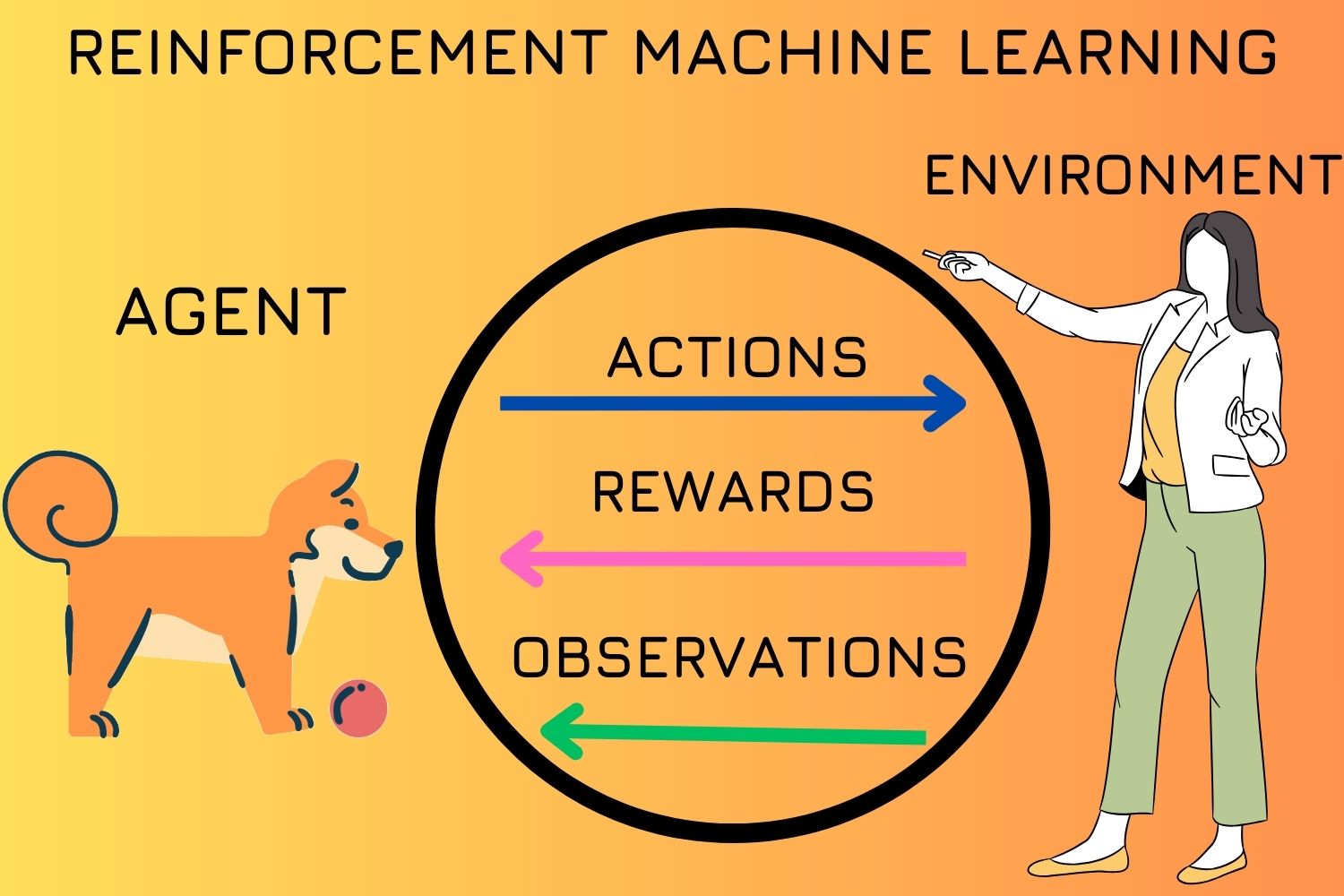
Machine learning Benefits
1. Recognises Trends and Patterns with Ease
Large amounts of data can be reviewed by machine learning, which can identify particular trends and patterns that humans would not notice.
2. Automated Systems Require no Human Intervention
You don’t have to oversee your project constantly when using ML. It allows machines to learn, which enables them to make predictions and enhance algorithms on their own.

3. Ongoing Enhancement
The accuracy and efficiency of ML algorithms continue to increase with experience. They can now make wiser decisions as a result. Assume you have to create a model for weather forecasts. Your algorithms become more adept at producing predictions with greater accuracy as your data collection grows.
4. Managing Data that is Multidimensional and Multivariate
Multi-dimensional and multi-variety data can be handled well by machine learning algorithms, even in dynamic or uncertain environments.
5. Diverse Uses
ML can be used to your advantage if you’re an online retailer or a healthcare provider. When used appropriately, it can help target the right customers and provide a much more personalised experience for them.
Job Roles
1.Data scientist
2.Data Engineer
3.Business Intelligence Developer
4.Machine Learning Engineer
5.Robotics scientist
6.Data Analyst
7.AI Engineer
8.Research Scientist
9.Natural Language Processing(NLP) Engineer
10.Product Manager
11.Fraud detector
12.Software Developer
13.Cybersecurity Analyst

Salary Expected in ML
The salary range for a machine learning engineer in India is ₹ 13 Lakhs to ₹ 35 Lakhs per annum.
The average salary of a Python Data Scientist in India can vary depending on a number of factors, such as experience, location, and company size.
Machine Learning Technologies
Machine learning technologies encompass a wide range of tools, frameworks, libraries, and techniques that enable the development and deployment of machine learning models. These technologies are used in various domains and applications. Here are some key machine learning technologies and tools:
Machine Learning Frameworks:
TensorFlow: Developed by Google, TensorFlow is an open-source machine learning framework widely used for deep learning and neural networks.
PyTorch: Developed by Facebook, PyTorch is another popular deep learning framework known for its flexibility and dynamic computation graph.
Scikit-Learn:
Scikit-Learn is a popular open-source machine learning library for Python. It provides simple and efficient tools for data mining and data analysis
Natural Language Processing (NLP) Libraries:
NLTK: The Natural Language Toolkit is a library for working with human language data and performing NLP tasks.
SpaCy: SpaCy is an open-source library for advanced NLP in Python, known for its speed and accuracy.
Computer Vision Libraries:
OpenCV: Open Source Computer Vision Library is widely used for computer vision and image processing tasks.
Dlib: D lib is a C++ library used for machine learning, image processing, and computer vision tasks.
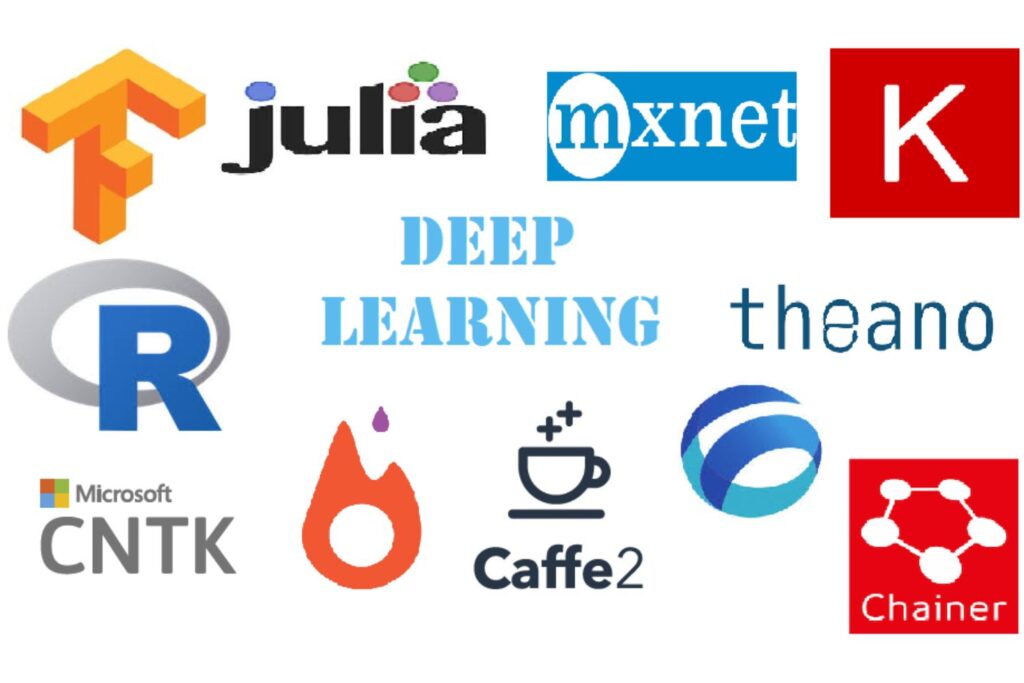
AutoML Frameworks:
Auto-sklearn: An automated machine learning toolkit that automates the process of algorithm selection, hyperparameter tuning, and model selection.
H2O.ai: H2O offers AutoML as part of its machine learning platform, providing automatic model training and selection.
Reinforcement Learning Libraries:
OpenAI Gym: OpenAI Gym is a toolkit for developing and comparing reinforcement learning algorithms.
Stable Baselines: A set of high-quality implementations of reinforcement learning algorithms. Deployment and Serving:
Docker: Containerization technology used for packaging and deploying machine learning models and applications.
Kubernetes: An open-source container orchestration platform for automating the deployment, scaling, and management of containerized applications.
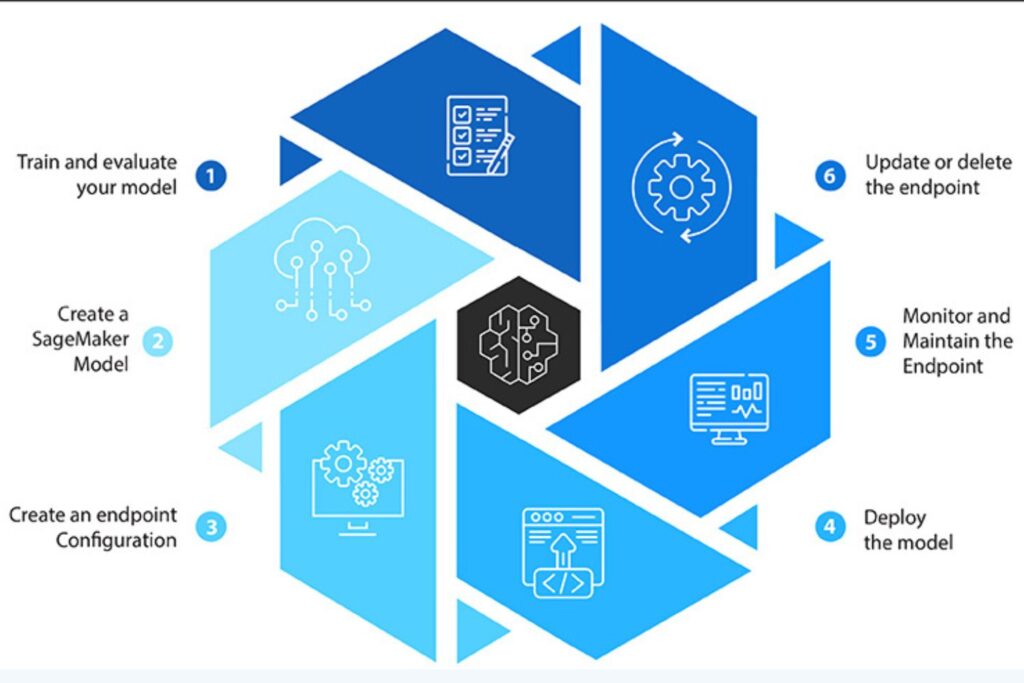
Cloud Machine Learning Services:
Amazon SageMaker: Amazon Web Services (AWS) provides a fully managed service for building, training, and deploying machine learning models.
Google Cloud AI Platform: Google Cloud’s platform for developing, training, and deploying AI and machine learning models.
Big Data and Distributed Computing:
Apache Spark: An open-source, distributed computing system that is commonly used for large-scale machine learning tasks.
Hadoop: Hadoop and its ecosystem provide tools for distributed data processing and machine learning.
GPU and TPU Acceleration:
NVIDIA CUDA: A parallel computing platform and API that enables the use of GPUs for high-performance machine learning.
Google Cloud TPUs: Custom accelerators designed by Google for machine learning workloads.
Explainable AI (XAI):
Various libraries and tools, such as LIME, SHAP, and interpretML, help interpret and explain the predictions of machine learning models.
These are just a few of the many machine learning technologies and tools available. The choice of technology depends on the specific requirements of a project, the domain, the scale of data, and the expertise of the development team. The field of machine learning is continuously evolving, and new technologies and tools are constantly being developed to make machine learning more accessible and powerful.
Course Highlights
1- Suited for students, freshers, professionals, and corporate employees
2- Live online classes
3- 4-month program
4- Certificate of completion
5- Decision Oriented Program of Analysis
6- Live Classes by highly experienced faculties
7- Hands-on experience with real-life case studies

Conclusion
As the demand for machine learning has increased, organizations require professionals with in-and-out knowledge of these growing technologies and hands-on experience. Keeping the innate need in mind, SCODEEN GLOBAL has launched ML Course that will help you gain expertise in various industry skills and technologies from Python, NLP, speech recognition, to advanced deep learning.

